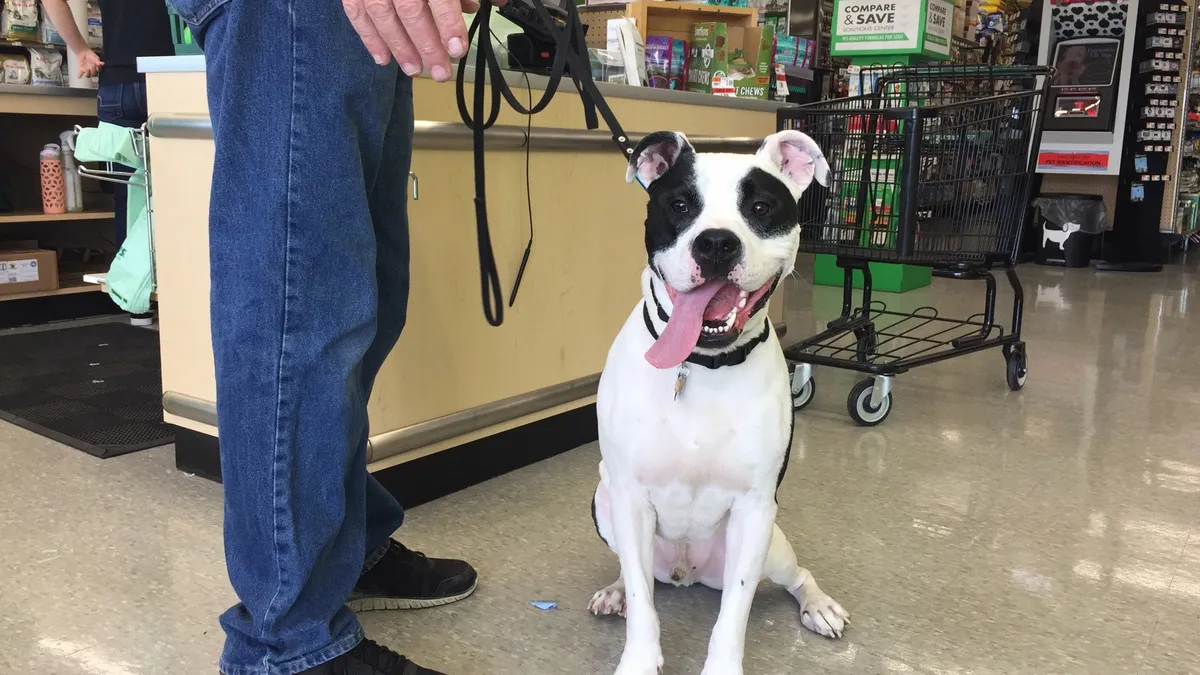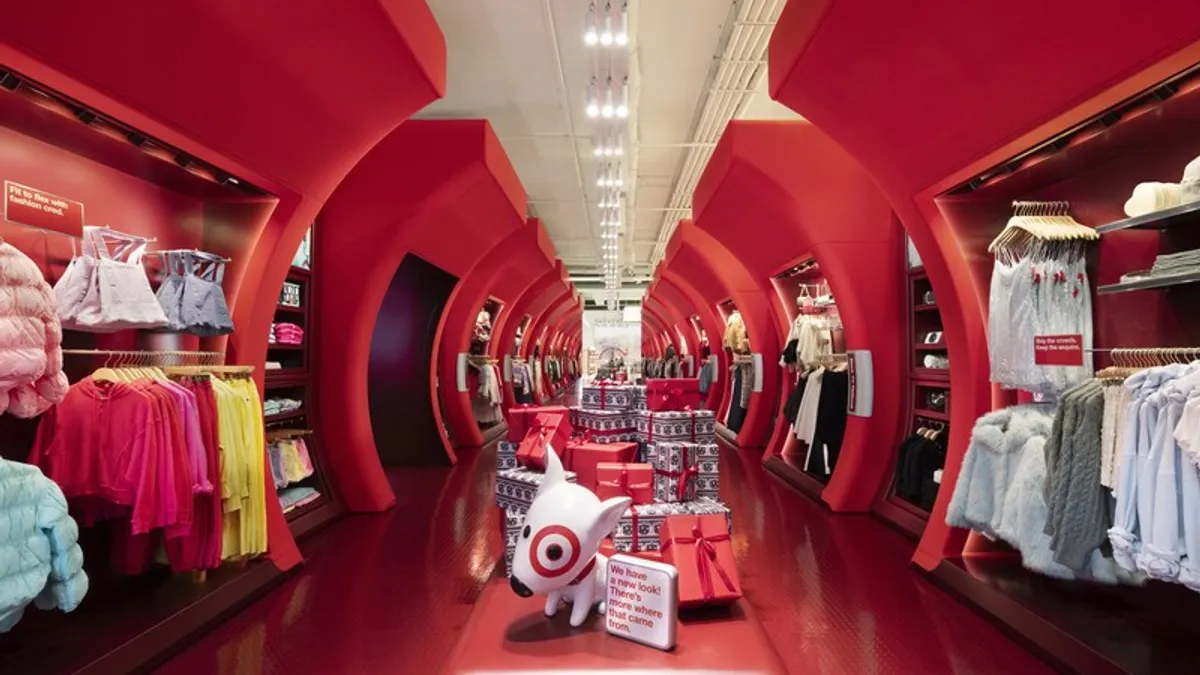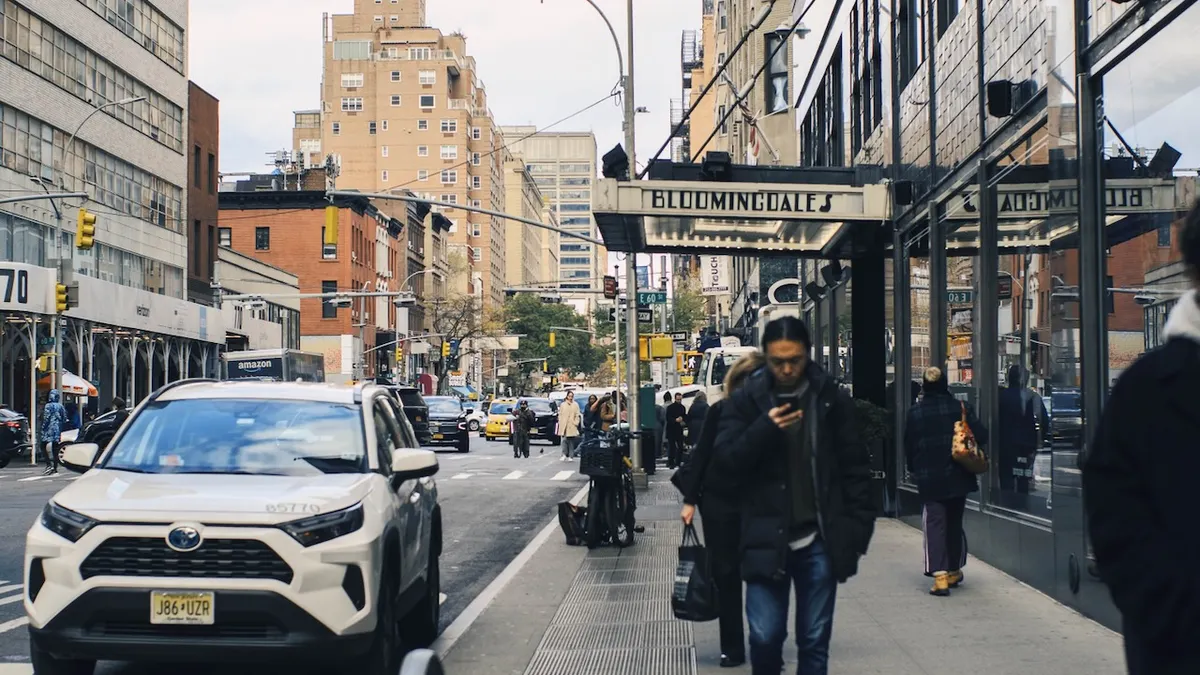Amazon's blockbuster midsummer sale lasts twice as long this year, which (along with some global expansion) will help explode its sales numbers. But it's not just time and space that is driving Prime Day's success this year — Amazon has also shaped its special deals to overshadow rival retailers and Google. And, of course, to collect more Prime members.
"While it is still hard to measure, we expect strong traffic, engagement and sales again this year," Alice Fournier, vice president of e-commerce and digital at Kantar Consulting, told Retail Dive in an email. "Amazon used social levers and influencers in a bigger way this year, and this will likely bring a new crop of members."
Some difficulties
It's not like the first day went off without a hitch, however. Last year's uncharacteristic Prime Day glitch was embarrassing for an e-retailer that is also a tech giant, yet somehow this year Prime Day shoppers encountered technical difficulties again, with some unable to add their items to their cart.
Add to Cart failed. Retrying..
— Keith Wozniak (@keithwozniak) July 15, 2019
All retries have failed#PrimeDayAmazon fail.
Come on @amazon I need a $14.99 Firestick!
"While Amazon acted quickly to resolve the issues, ... every second is critical when it comes to consumer experience in 2019, particularly given the energy other retailers like Target have taken to be competitive with Prime Day this year," Tim de Paris, CTO at digital experience firm Decibel, said in comments emailed to Retail Dive. "While it was broadly expected that Amazon had learned its lesson after the last crash and would put technical support in place to avoid the same fate in 2019, the retail giant failed to do so. Now, Amazon must consider how to provide an exceptional experience to win back customers."
Then there were the labor issues. Organizations including Make the Road New York, New York Communities for Change, the Immigrant Defense Project, Jews for Racial and Economic Justice, Rise and Resist, Democratic Socialists of America and the Tech Worker Coalition, among others, staged protests on Monday in New York, Minneapolis, Seattle, San Francisco, Washington, D.C., Portland, Oregon, and Arlington, Virginia.
The demonstrations were "in solidarity with ... workers, local immigrant neighbors, and against a corporation with too much power," Danny Cendejas, an organizer with La ColectiVA, a neighborhood organization in Northern Virginia, said in comments emailed to Retail Dive. And Amazon workers in Germany, Spain and Poland went on strike on Prime Day, employing the slogan "No more discount on our incomes," according to Marketwatch.
Amazon employees in 4 countries are on strike for #PrimeDayAmazon demanding better working conditions, benefits, and pay.
— The Chicago Reporter (@ChicagoReporter) July 15, 2019
Some advocates in Minnesota also urge support for Muslim & East African workers' religious discrimination claims against the company. https://t.co/RzIZbTdVWC
But the labor and other concerns don't seem to be slowing things down much.
The aggression
Amazon on Tuesday said it had sold "millions of Alexa-enabled devices, including Fire TV Stick with Alexa Voice Remote and Echo Dot," according to a press release emailed to Retail Dive. That's thanks to steep discounts on those devices, which will get Alexa into that many more homes.
Amazon sets some of its deals to a timer, so not all discounts lasted throughout the day, and may not be available on day two. But the price cuts were steep on many of the e-retailer's own products, according to tracking from deals site Offers.com. The Fire TV Stick was priced at $14.99, its lowest price ever, plus a $45 Sling TV credit; the third-generation Echo Dot had an all-new low price of $22; shoppers could get a Dot for an extra $2 when they bought an Amazon Smart Plug; the Echo Show 5 was discounted by $40 to sell for $49.99; the Ring Wi-Fi Enabled Video Doorbell at $69 plus the sold-out bundle with a free Echo Dot was the lowest price seen on that item; and the Fire 7 Tablet's price was the same as Black Friday last year, according to an email from Offers.com to Retail Dive.
In a blog post on Monday, Chris Elliott, senior insight analyst at Edge by Ascential, called the event "Amazon's Aggressive American Prime Day."
"This is the day to buy those products," Elliott told Retail Dive in an interview. "We're talking over a million deals on Alexa-enabled products, their best ever deals on that. They're pricing quite aggressively. In doing that they really undercut Google, they're taking aim at Google. But there are also more branded deals this year, certainly with the featured lightning deals, and so are broadening more outside of their own devices."
That includes Apple, which featured some of its prices on its watches and tablets through Amazon. Apple doesn't discount much and reserves such deals for its own back-to-school or holiday sales. Its Prime Day participation is a blow to the likes of Walmart, Target and Best Buy that were also offering some deals on the same items, he also said.
Amazon also has pulled out all the stops in its marketing efforts, notably through its QVC-like live streaming of deals at the top of its site and its Prime Day debut of Lady Gaga's exclusive beauty line.
"Amazon is focusing on the 'intersection of entertainment and shopping.' The most interesting example of this is the launch of Lady Gaga's Beauty product line," Kantar's Fournier said. "While the launch starts on the retail platform as an influencer-led product line ... the uniqueness of Amazon's power lies in its media arm, where it could tie Lady Gaga's music and even video content, back to the shopping experience."
That's a defensive move in a way, as more retailers answer Prime Day with their own deep online discounts, with free shipping and/or in-store pickup, she said. "Amazon will increasingly have to justify the value behind its $119 Prime membership fee," she said. "This year's more experiential Prime Day approach along with high-profile launches that connect across its entire media landscape will ... aim to do just that."






















